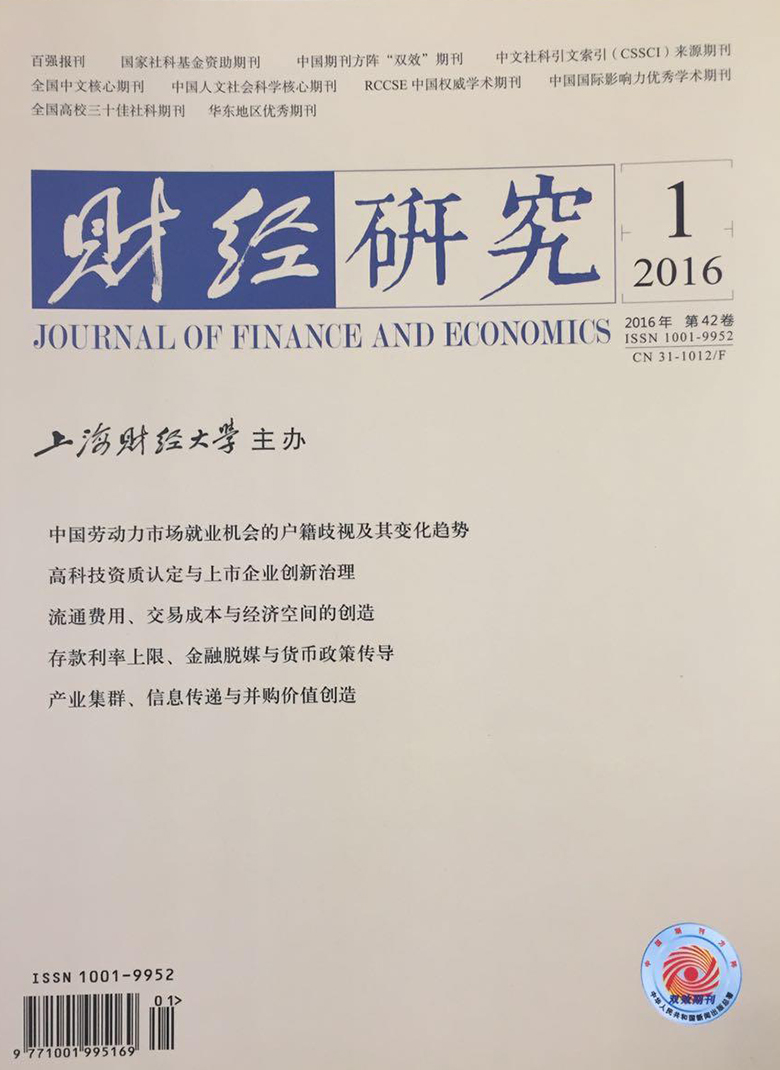This paper introduces collateral loan constraints and deposit rate ceiling into a DSGE model and figures out how the deposit rate ceiling affects the monetary policy transmission.According to the actual circumstance,it allows deposit rate changes under the ceiling,and considers the occasionally binding case,which is ignored by most related literature.It arrives at the following conclusions:firstly,when the central bank tights the monetary policy,the deposit rate ceiling inhibits the rise in the deposit rates,leading to lower deposit rates,the reduction in household bank deposits and thereby financial disintermediation;secondly,financial disintermediation results in the decrease in banks'loanable funds,the distortion of loan supply,the increase in loan rates by a big margin and bigger economic fluctuations compared to the situation without deposit rate ceiling;thirdly,the occasionally binding ceiling exhibits some non-linearity that makes the impulse response of main economic variables to expansive and tight monetary policy shocks asymmetric.
 / Journals / Journal of Finance and Economics
/ Journals / Journal of Finance and EconomicsJournal of Finance and Economics
LiuYuanchun, Editor-in-Chief
ZhengChunrong, Vice Executive Editor-in-Chief
YaoLan BaoXiaohua HuangJun, Vice Editor-in-Chief
Deposit Rate Ceiling, Financial Disintermediation and Monetary Policy Transmission
Journal of Finance and Economics Vol. 42, Issue 01, pp. 83 - 92,133 (2016) DOI:10.16538/j.cnki.jfe.2016.01.008
Abstract
References
Abstract
Cite this article
Yang Fei. Deposit Rate Ceiling, Financial Disintermediation and Monetary Policy Transmission[J]. Journal of Finance and Economics, 2016, 42(1): 83–92.
Export Citations as:
For




 7745
7745  6258
6258

